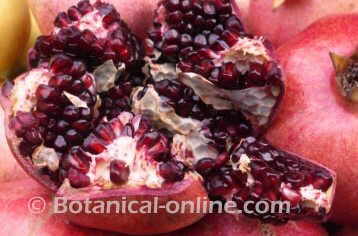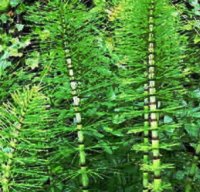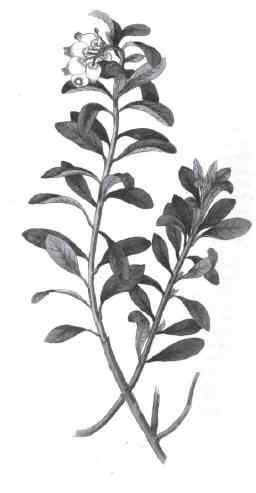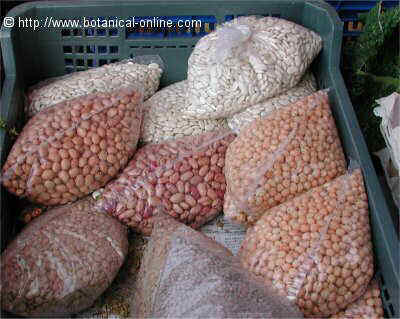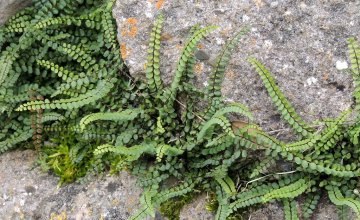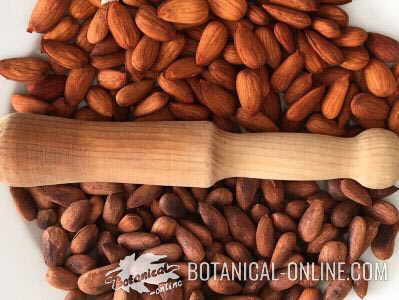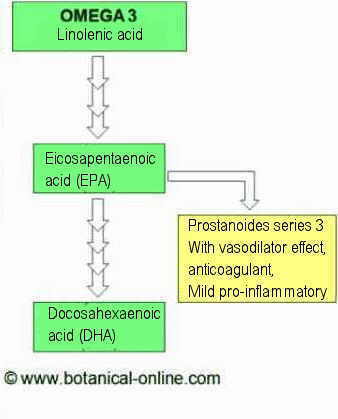Contents [show]
BAD EFFECTS OF GOLDEN SEAL
What adverse effects can golden seal plant present?
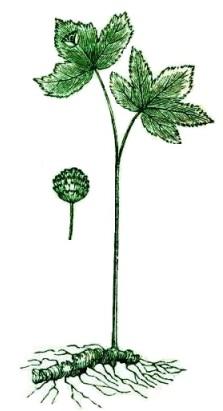 Golden seal illustration (Hydrastis canadensis)
Golden seal illustration (Hydrastis canadensis)
- Dermatitis upon contact with fresh plant, powder or extracts.
- Allergy: People allergic to plants may present allergy to the gold seal.
- Irritation of the skin: applied externally, the plant can produce vesicles, blisters or burns on the skin. Baths with golden seal may cause irritation of the vaginal mucous membranes and should not be used.
- Eye irritation: When used as eye drops, golden seal may cause irritation of the eyes. It should be used with caution and under medical supervision.
- Stomach and digestive pain: Golden seal has a strong bitter taste, and its components can cause heartburn, stomach ulcer, abdominal pain, diarrhea with or without blood.
- Obstruction of the bile ducts: Golden seal has a choleretic effect, which stimulates the exit of stones from the gallbladder. In some cases, large bile stones could remain in the bile ducts causing colicky pain and clogging. The risk is increased with the use of remedies for the gallbladder.
Other side effects caused by golden seal
- Nervous disorders: Long treatments can lead to anxiety and muscle spasms.
- Intestinal alterations: long treatments deplete the intestinal flora, since their alkaloids are a strong antiseptic and destroy the healthy bacteria of the intestine. This can lead to digestive problems such as vomiting, belly swelling and malabsorption of nutrients.
- Cardiovascular alterations: The plant causes constriction of the capillaries, which gives virtues to stop bleeding. In therapeutic doses can lower the blood pressure and alter the heart rate. However, overdosage can cause hypertension as a side effect. Golden seal is contraindicated in people with cardiovascular diseases.
Because it is an expensive remedy, sometimes it can be adulterated with sorrel, sanguinaria or with barberry. These plants can produce distinct side effects. Be sure to buy the plant in specialty stores.
![]() More information on golden seal properties, toxicity and contraindications.
More information on golden seal properties, toxicity and contraindications.
This article was endorsed by Elisenda Carballido - Dietitian nutritionist. Postgraduate in Phytotherapy and master in Nutrition and Metabolism.

